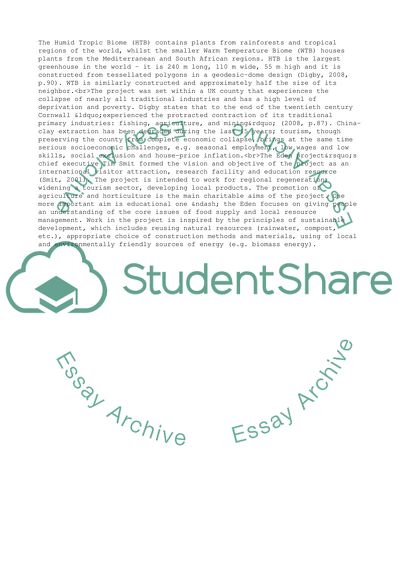Cite this document
(The Eden Project in Cornwallt Assignment Example | Topics and Well Written Essays - 3000 words, n.d.)
The Eden Project in Cornwallt Assignment Example | Topics and Well Written Essays - 3000 words. Retrieved from https://studentshare.org/business/1734607-uk-eden-project
The Eden Project in Cornwallt Assignment Example | Topics and Well Written Essays - 3000 words. Retrieved from https://studentshare.org/business/1734607-uk-eden-project
(The Eden Project in Cornwallt Assignment Example | Topics and Well Written Essays - 3000 Words)
The Eden Project in Cornwallt Assignment Example | Topics and Well Written Essays - 3000 Words. https://studentshare.org/business/1734607-uk-eden-project.
The Eden Project in Cornwallt Assignment Example | Topics and Well Written Essays - 3000 Words. https://studentshare.org/business/1734607-uk-eden-project.
“The Eden Project in Cornwallt Assignment Example | Topics and Well Written Essays - 3000 Words”, n.d. https://studentshare.org/business/1734607-uk-eden-project.


